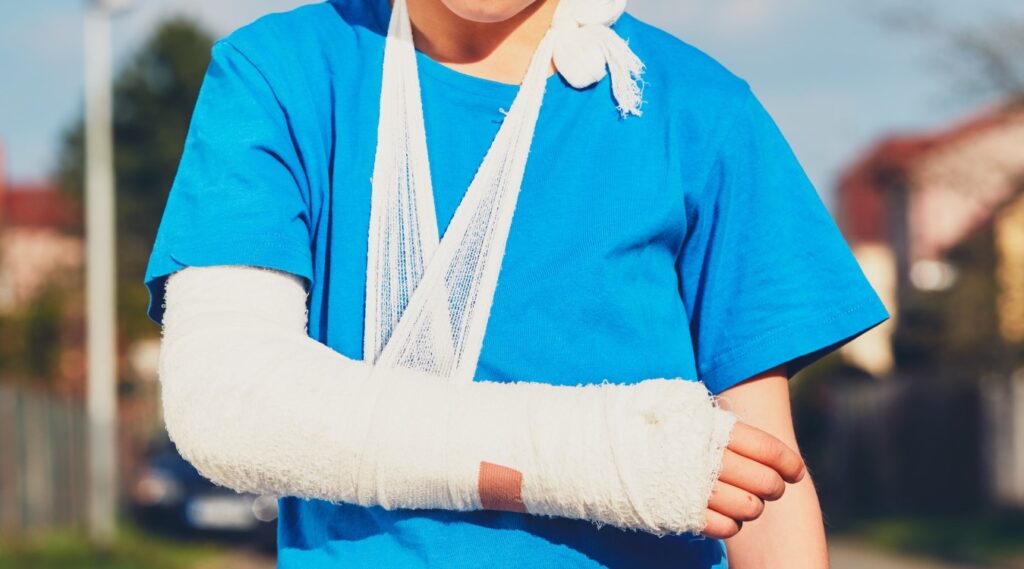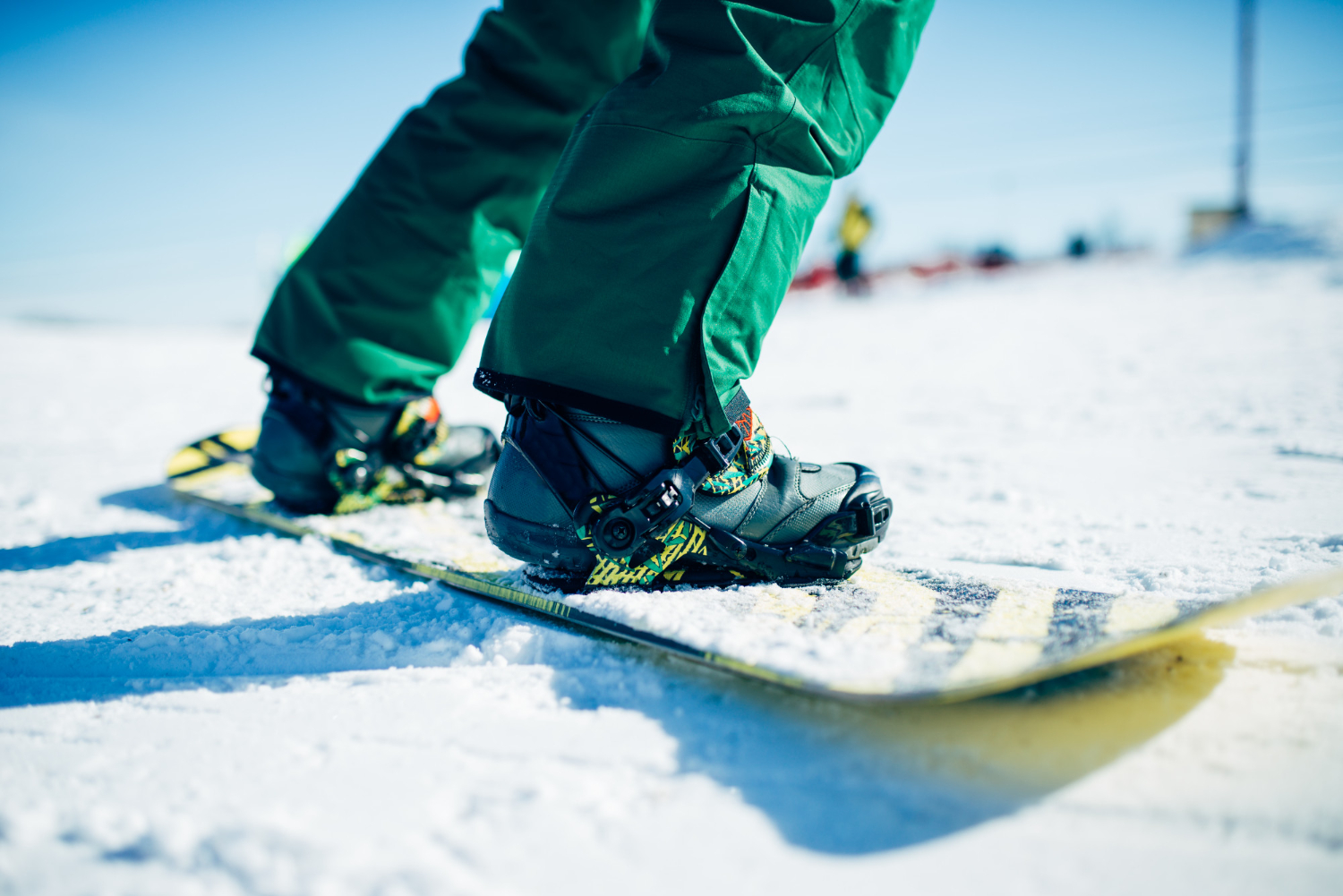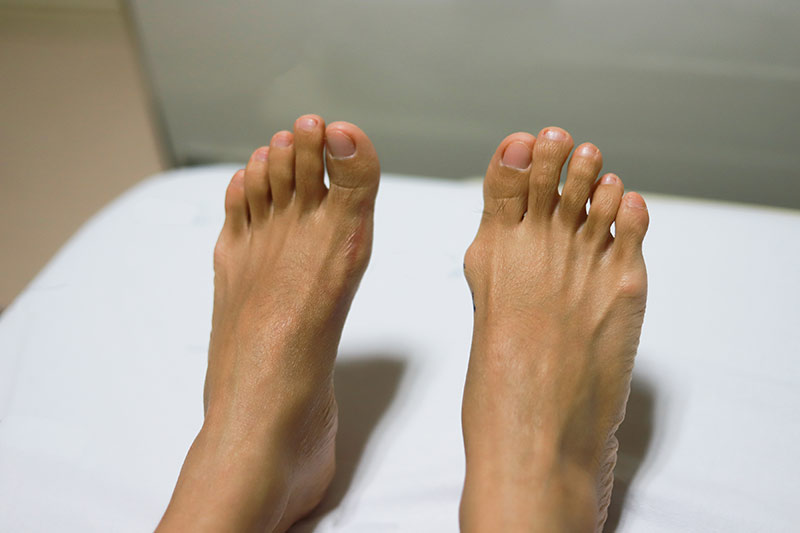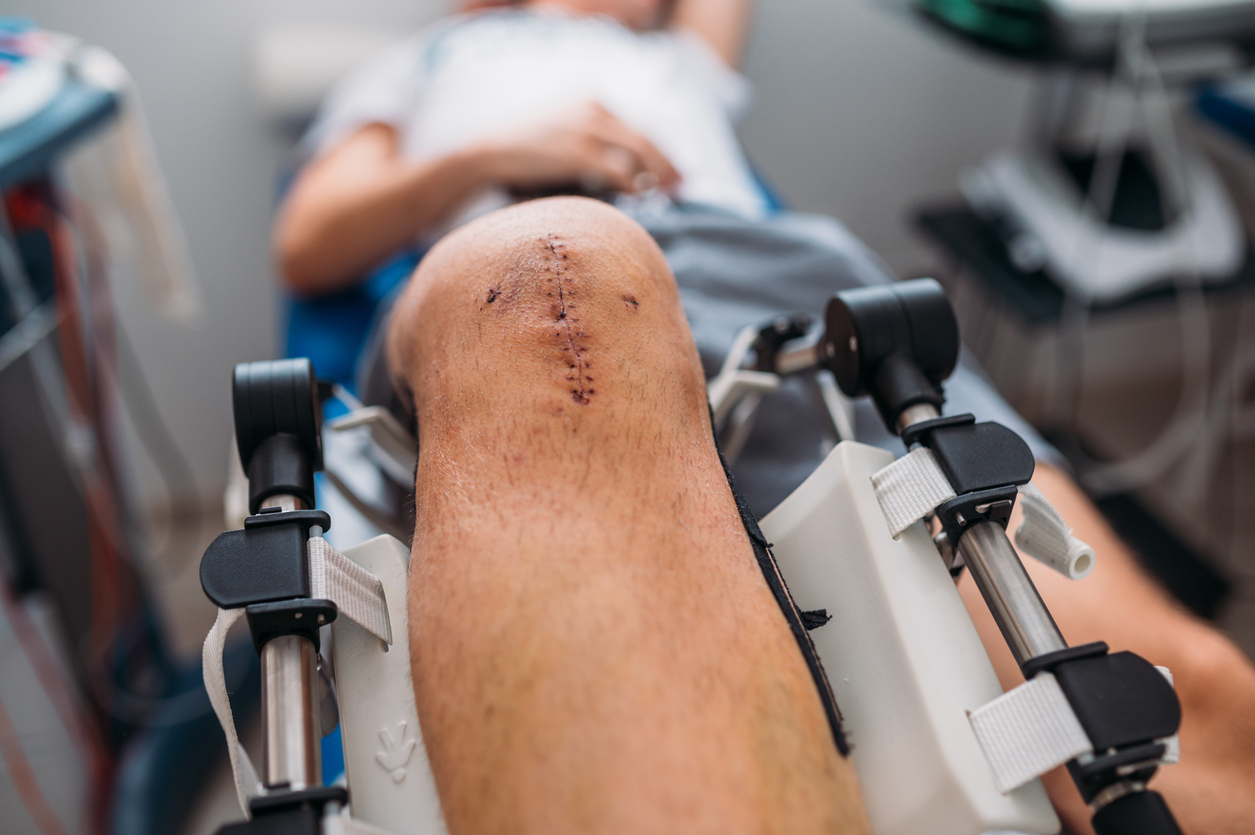As parents, we naturally want to protect our children from harm, but accidents can happen, especially during active play. One common injury in primary school-aged kids is an elbow fracture. Understanding the types of elbow fractures and their signs can help parents recognise when medical attention is needed. Let’s delve into this important topic.
1. Types of Elbow Fractures
Elbow fractures in children can occur due to falls, sports activities, or rough play. The elbow is made up of three bones – the humerus (upper arm bone) and the ulna and radius (two bones of the forearm). Fractures can involve any of these bones. Here are some common types:
Supracondylar Fracture – This is the most frequent type of elbow fracture in children. It occurs just above the elbow joint and can be a result of falling onto an outstretched arm.
Lateral Condyle Fracture – This type of fracture involves the outer part of the elbow and is typically caused by a direct blow to the elbow or a fall on an outstretched hand. It can lead to significant complications if not treated properly.
Medial Condyle Fracture – This fracture occurs on the inner side of the elbow and is caused by a mechanism similar to that of a lateral condyle fracture. It is important to address these fractures promptly to prevent long-term issues with arm function.
2. Signs and Symptoms
Recognising the signs of an elbow fracture is crucial for early diagnosis and proper treatment. Watch out for these symptoms:
Pain and Swelling – Your child may complain of significant pain around the elbow, and you might notice swelling or bruising.
Limited Range of Motion – Difficulty bending or straightening the arm fully is common with elbow fractures.
Tenderness to Touch – The affected area will be tender to touch, and your child might resist moving the elbow.
Visible Deformity – In severe fractures, the elbow might look deformed or misshapen.
3. When to Seek Medical Help
If you suspect your child has injured their elbow, it’s essential to seek medical attention promptly. Here are situations where immediate evaluation is necessary:
Severe Pain – Persistent and severe pain that does not improve with rest and over-the-counter pain relievers.
Visible Deformity – If the elbow looks deformed or out of place.
Inability to Move the Elbow – If your child cannot bend or straighten the elbow normally.
Numbness or Tingling – Any sensation of numbness or tingling in the hand or fingers associated with the elbow injury.
4. Diagnosis and Treatment
When you take your child to the doctor, they will perform a physical examination and may order X-rays to confirm the diagnosis. Treatment will depend on the type and severity of the fracture but may include:
Casting or Splinting – For stable fractures, immobilisation with a cast or splint may be sufficient.
Surgery – Some fractures may require surgical intervention, especially if the bones are significantly displaced or unstable.
Follow-Up Care – Regular follow-up visits will be necessary to monitor healing and ensure proper recovery.
5. Preventive Measures
While it’s not always possible to prevent accidents, there are steps parents can take to reduce the risk of elbow fractures:
Supervision – Always supervise young children during play, especially on playgrounds or during sports activities.
Safety Gear – Encourage your child to wear appropriate protective gear when engaging in sports or activities that pose a risk of falls.
Education – Teach your child about safety measures, such as how to fall correctly to minimise injury.
6. Recovery and Rehabilitation
Recovery from an elbow fracture can take several weeks. During this time, your child may need to avoid certain activities and follow the doctor’s recommendations for rehabilitation exercises. It’s crucial to support your child emotionally during this period and encourage them to adhere to the prescribed treatment plan.
Elbow fractures in children are relatively common but can be managed effectively with prompt medical attention. As parents, being aware of the signs and symptoms of elbow fractures and taking preventive measures can go a long way in keeping our kids safe and healthy. If you suspect your child has injured their elbow, don’t hesitate to seek medical advice. Remember, early intervention leads to better outcomes and faster recovery for your little one.












